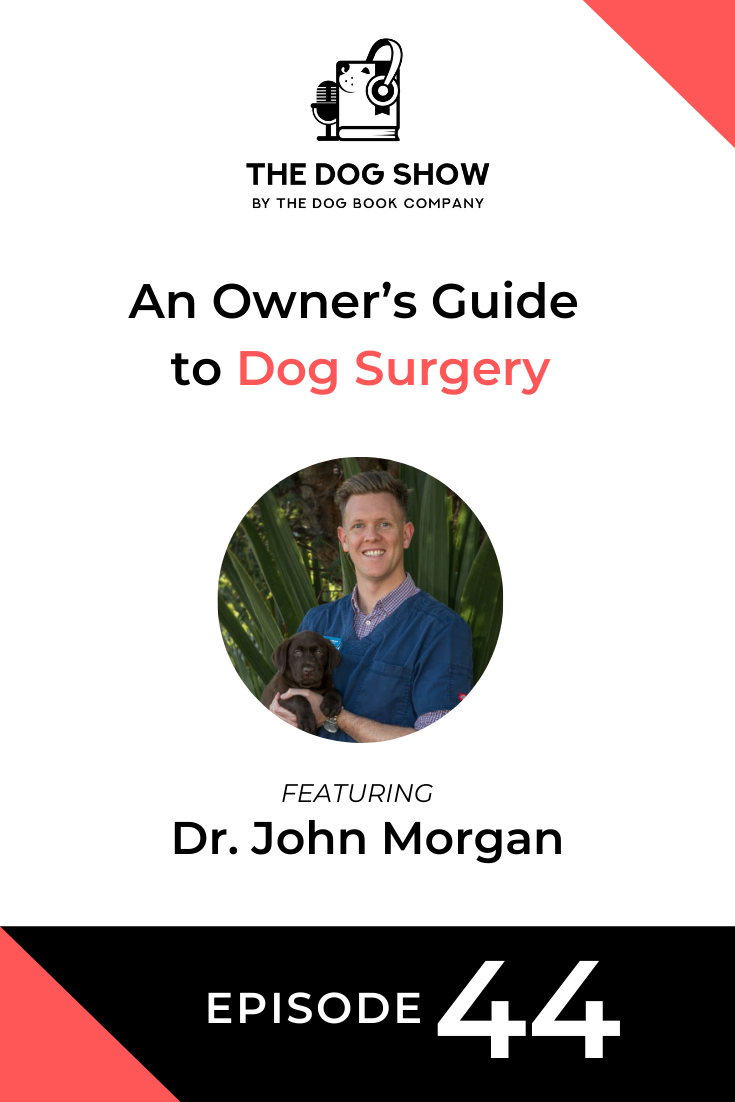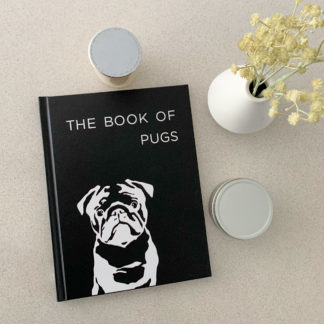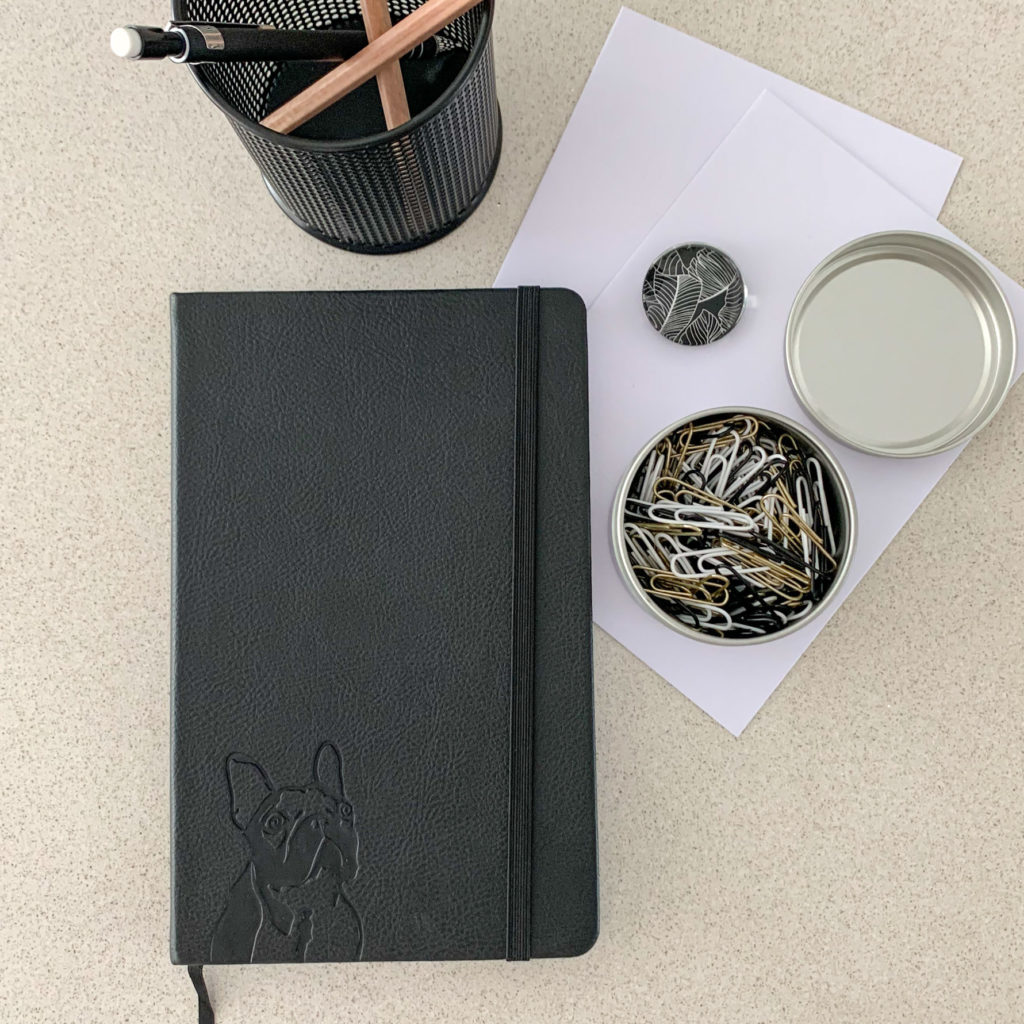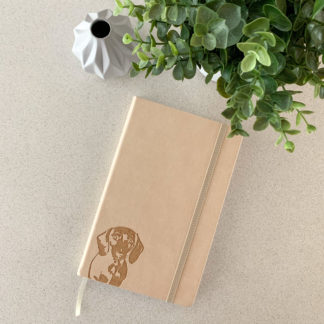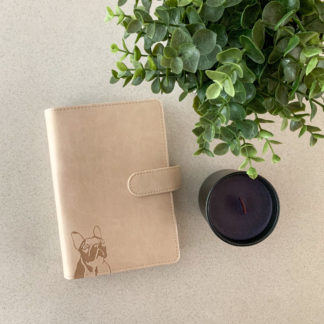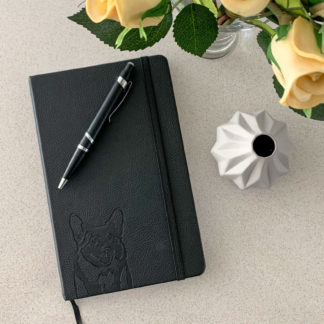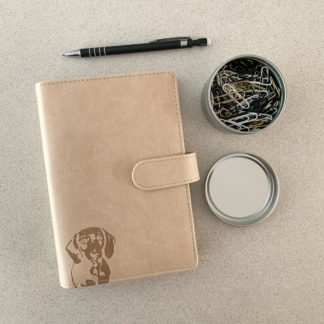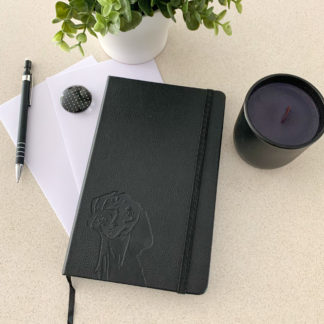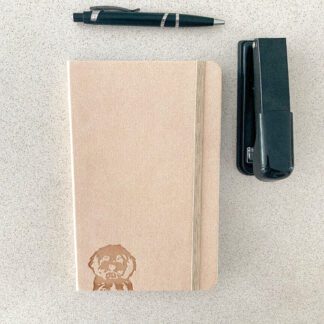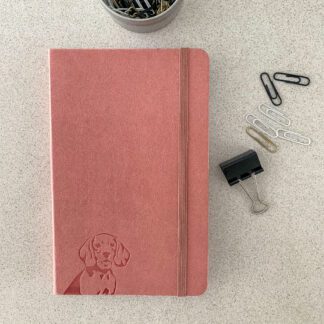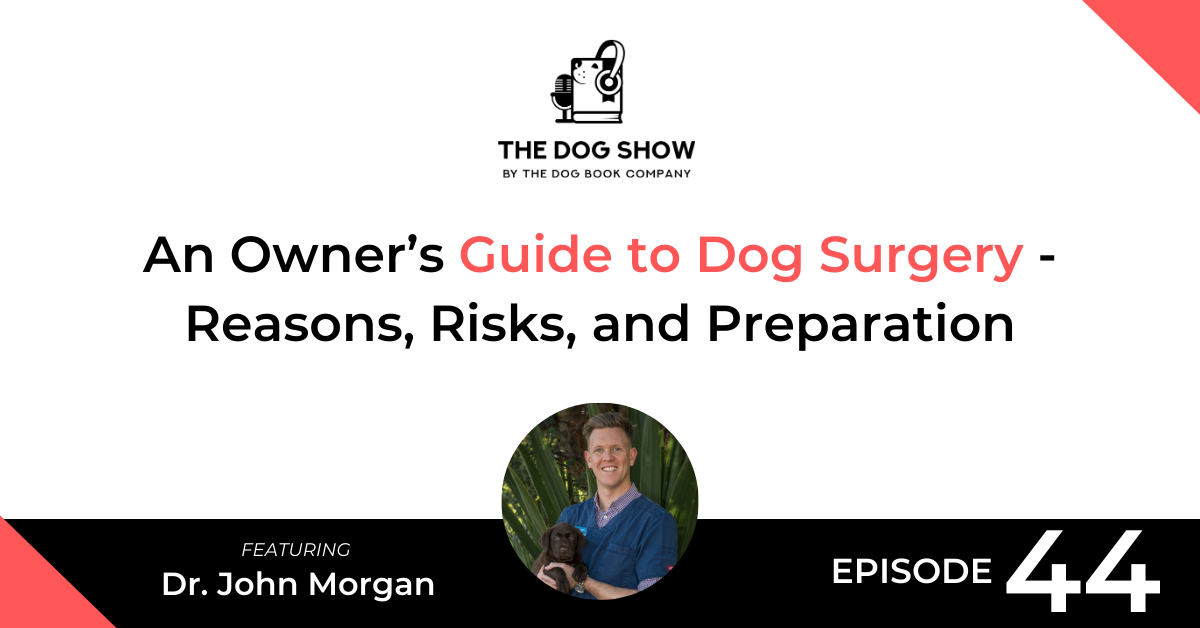
Are you considering surgery for your dog? Not sure about the reasons, risks, and preparation required for dog surgery?
In this episode of The Dog Show, featuring Dr. John Morgan, we discuss the most common reasons a dog needs surgery, how to prepare your dog for surgery, and the risks you should be aware of.
John is a Partner Veterinarian at Gordon Vet Hospital, an independently owned vet practice that has been operating since 1971.
After developing an interest in animals at a young age, John studied veterinary science at Sydney University before eventually finding a home at Gordon Vet Hospital where he specialises in orthopaedic conditions and arthritis.
Find out more about Gordon Vet Hospital here:
Listen
Watch
Read
Will: This episode of “The Dog Show” features Dr. John Morgan. John is a partner veterinarian at Gordon Vet Hospital, an independently-owned vet practice that has been operating since 1971. After developing an interest in animals at a young age, John studied veterinary science at Sydney University before eventually finding a home at Gordon Vet Hospital, where he specializes in orthopedic conditions and arthritis.
In the interview, we discuss the most common reasons a dog needs surgery, how to prepare your dog for surgery, and the risks you should be aware of.
John, welcome back to “The Dog Show” again today. Thanks for coming on.
Dr. Morgan: Thanks for having me, Will. It’s a pleasure to be here.
Will: Great. So, today, we’re gonna talk about surgery, so dog surgery. I know it’s quite a broad topic, but you’ve got a lot of experience in that space. So, I’m interested to hear, I’m sure there’s lots of people out there that may be thinking about surgery. Maybe they’ve been recommended surgery by their vet or maybe in the future they’re gonna have that come up as well. So, I think it’s an interesting topic to cover.
Dr. Morgan: Yeah. And it’s really, really broad. And I think, you know, obviously, people extrapolate from their own experiences of surgery and often are reluctant to go there. But to be honest, these days, with modern veterinary surgery, I think it’s extremely safe and something that people should be much more comfortable with.
Will: I’m sure there’s probably questions that, I mean, a good vet is gonna be asking the owner. But the owner should be asking questions as well.
Dr. Morgan: I always encourage, obviously, a little bit of pre-research in making sure that obviously the vet that you’re getting to do a certain surgery is actually qualified in that space, but also has the requisite experience. So, if you’re not feeling comfortable or if obviously you want to have that chat, it’s not offensive to us if you do say, “Look. Are there other options?” Or, “Is this something that you’ve done a lot of before?” Because, you know, obviously, we all have different experience levels and it’s an important question to ask.
Will: So, what are some of the most common surgeries that a dog owner might face in their dog’s life?
Dr. Morgan: So, probably the most common, obviously, is desexing procedures, so castrates and spays, as they’re more colloquially known as. And they are, essentially, yeah, every dog should, or is likely to experience that and, again, extremely safe. They’re really, really low mortality rates with anesthesia, which people get scared of. We really don’t see that in practice anymore. The old school days of death under anesthetic really doesn’t happen.
Will: Yeah, so the anesthesia one, that’s an interesting one to move on to. Because, I guess, a lot of people are unsure about if it’s safe. They probably heard horror stories at some point about, you know, dogs not coming out of surgery okay. So, you know, John, tell me a bit more about anesthesia, how that process works, and how you do control that situation?
Dr. Morgan: Yeah. So, I mean, I won’t say that no dog has ever died under anesthetic or it won’t happen again. Because, unfortunately, it is always a risk. And I do always counsel clients about that.
However, these days the rate of that occurring is exceptionally low. And we feel, obviously, with modern techniques and modern drugs that not only do they not feel anything during these surgeries that often have to be performed, they’re recovering really well. And that pain is almost nonexistent to them, which is sort of what we aim for.
Will: Okay, okay. So, what does it look like coming out of the surgery for a dog after having anesthesia? A bit…
Dr. Morgan: Drowsy or…
Will: Drowsy, yeah.
Dr. Morgan: Yeah. So, the aim of anesthesia or modern anesthetic techniques is to take a multi-modal approach, which basically means that we use a safe combination of drugs, but the more drugs often the better for pain relief. So, dogs will have an anesthetic sedation beforehand, as well as a pain relief, which is usually an opioid. And then, they’ll be induced with a drug that actually puts them to sleep.
So, that combination of drugs, basically, get into the point where we can put them on gases, in most cases, which obviously with a tube. So often there is an endotracheal tube passed, so they can breathe 100% oxygen with a drug in that oxygen that actually keeps them anesthetized.
Will: And how long would they be under for? Let’s say, for example, in a desexing operation?
Dr. Morgan: Yeah, so for your castrate for dogs, probably less than half an hour from when we induce or when we put them under anesthesia to when they recover. For a dog spay, it’s usually about an hour. And then, for dental procedures it is a bit of range between half an hour to potentially two hours if there are a lot of teeth that have to be removed.
Will: Okay, so they can be under for a couple of hours safely.
Dr. Morgan: Yeah, quite safely. And you got to remember that, obviously, we tailor the anesthesia protocol to the length of the procedure. So, we don’t just use a one-procedure-fits-all approach. We definitely do choose our drug very wisely based on the length of the procedure, the age of the animal, and what we obviously wanted to get out of surgery.
In the case of a longer procedure, we do have to look at other factors. So, we actually provide external warming. We provide intravenous fluids or basically rehydrate them with a drip. And in a lot of cases, you know, we do look at even referring, if it’s really complicated cases, sometimes it’s best to speak to a specialist anesthetist if there’s underlying conditions or really in old or unwell animals.
Will: Is that the case for some breeds? Because I’ve heard some of the flatter-faced breeds may have trickier anesthesia experiences. I’m not sure.
Dr. Morgan: Yeah, yes. Yeah, really, really common with the… Obviously, we do have a bit of a trend in what we call brachycephalic.
Will: Yeah. I couldn’t pronounce it. That’s why I decided to…
Dr. Morgan: I still got it. Brachycephalic breeds are a particular watch zone. We’ve got to be really, really careful with their anesthesia. We’ve actually got to keep the tube in, or the endotracheal tube in, for a lot longer after anesthesia. And we have the nurses, often with the vets, watching them like a hawk on recovery because of their smaller airways and because of their difficulty breathing. It’s really important that they’re almost standing before we remove that tube.
Will: So, I guess that’s a good question that an owner could ask a vet about their experience with those particular breeds.
Dr. Morgan: Exactly, yeah. And at Gordon Vet Hospital, where we do see a lot of them, and we’re very experienced in that. Actually, one of the other vets there provides the airway surgery to actually open up the airways. Which means that we do have a lot of experience in that breed. But a lot of vets don’t and it’s often worth just asking that question.
Will: Yeah, absolutely. So, do you always keep like a dog overnight after surgery? Or is it dependent on the surgery?
Dr. Morgan: It very much depends on the surgery. It depends the vet, and often it depends on the owner. So, orthopedic procedures, we almost always keep them in overnight, just because, as you mentioned, they’re quite drowsy after a procedure. We don’t want them sort of, you know, doing something that they would normally do under the effects of the sedation drug and potentially injuring a leg that they’ve had surgery on and, obviously, making things worse. We often just have them confined in a small space for that 24-hour period afterwards or to take them on the required pain relief.
Another example might be your desexes or your dog spays and dog castrations. They actually can go home in most cases that day, depending if there were any problems during surgery or anesthesia. But in most cases, they’re fine to go that afternoon.
Will: Yeah. I always think that’s the challenge after a surgery is in keeping your dog confined, especially, if it’s a younger dog or something with high energy. So, having them in there for at least a day to get that recovery [inaudible 00:08:03].
Dr. Morgan: Exactly right. Yeah. Again, we’re fortunate here with modern medicine, modern veterinary medicine. We do have drugs that actually can be used for those more high-energy breeds. So, additional oral sedation actually is used in a lot of our cases where we do want to keep them confined and relaxed for about seven days to stop dog owners from going completely mad.
Will: Yeah. So, what does recovery look like for now? Let’s say, for example, I mean, we’ll go with desexing but also maybe an orthopedic condition as well. They’re two examples. So, after a desexing, what does the next couple of days or a couple of weeks look like for the owner?
Dr. Morgan: Yeah. So, again, depending on the condition, but in most cases, they will be drowsy for at least the first 24 hours. And then after that, they largely are a bit tender. Unfortunately, while we do our best to control all the pain, they can feel a little bit. So, they’ll often try and do something that’s beyond their ability at the time, cause small amount of pain, and then sort of react to that, or just feel a little bit shyer than they’d normally be, again, depending on the procedure.
For procedures like castrations, we often have the opposite problem. They’re often too active and the pain of the castration procedure is fairly minimal. And they’re actually too active afterwards, which is often a testament to the skills of your vet, but also the fact that it’s hard to control these dogs sometimes.
Will: With the castration or the desexing, do they usually, you have to wear like a cone home or any of that kind of stuff?
Dr. Morgan: Yes, that’s sort of practice dependent. At Gordon Vet Hospital, we do put a cone or an e-collar on every patient, but that’s something you should discuss with your vet. And it’s something, we usually find, that they will lick the wound.
The common misconception is that licking of surgical wounds is good because it cleans the wound, I’ve heard quite a few times. It’s actually the opposite. Our dogs now, unfortunately, is loaded with bacteria. And if that bacteria gets anywhere near our wound, we do open up the door to what we call post-operative infection, which can cause really major issues.
Will: Well, that’s good to know because I let my dog lick me.
Dr. Morgan: Yeah. No open wounds, Will.
Will: No open wounds. But I haven’t got sick yet from it. So, it should be okay.
Dr. Morgan: Keep it off the wound.
Will: Interesting though, when Frankie, our French Bulldog, got desexed. She didn’t have the cone, but I think she can’t reach the area.
Dr. Morgan: Yes, which is another thing. Yeah. And again, the brachycephalic or flat-faced dogs, you might not have as big an issue with it. And some dogs will never bother or won’t. But, in my experience, probably about 75% to 80% will have more than 30 seconds of licking. So, it’s something you want to watch out for.
Will: So, I guess, what would you recommend? You said kind of the experience the dog has after surgery, what would you recommend to me as the owner? Do I need to keep them kind of penned in? Do I need to be monitoring them 20…? Like, what kind of advice do you give the owners?
Dr. Morgan: Yeah, I think, again, depending on the procedure. But I think most of the routine procedures like dentals, desexing procedures, and, you know, small bump removals, those kind of things, the risk factor of post-operatively are pretty low. Watching them for 24 hours is usually unnecessary. And your vet should advise you. If they need 24-hour monitoring, it really shouldn’t be done at home anyway. They’re often actually better than go to an emergency clinic to have that done.
But in most cases, I tell people that a penned area is probably a really good idea, just again to narrow how much they can move around and reduce food. A lot of people try and feed them as much as possible after surgery, but that can cause issues like they can vomit that back up when they’re feeling a bit nauseous.
And the other thing would be definitely trying not to get them back to activity as quickly as you’d think. So try and avoid long walks or the dog park for at least a week until the vet’s given you the okay.
Will: Well, I guess that’s part that goes with the food, right? They also need to eat less because they’re exercising less.
Dr. Morgan: Exactly right management. Yeah, it’s a big part of the weight management. And we do discuss that in a lot of our orthopedic conditions. So, we always say make sure you’re feeding them less than you normally would because they’re not exercising and because they’re not even, you know, roaming around their range as much as they normally would. And weight gain, after orthopedic procedures is a big no-no. We actually want to go the other way.
Will: Okay, so I trust you as a vet. And I trust the Gordon Vet because I’ve been there for Frankie’s whole life. But I’m sure there are some vets out there for the people that have been exposed to the listing now that maybe don’t have as high-quality practice in terms of surgery and things like that. What questions could I ask to get confidence that I’m with the right vet, someone I can trust to do surgery?
Dr. Morgan: Yeah. And that’s a really tricky one. Because often, you know, vets don’t know their own limitations or aren’t being transparent about their limitations. I think the biggest question you could ask is, how many of these have you done before? Or even getting a recommendation from another vet.
Unfortunately, you know, obviously, we do get a little bit overconfident in certain cases, and so questions from owners should be asked. And also, if your funding is available to it, then the option of going to a specialist should be considered in real complicated procedures, or offered if the vets don’t feel comfortable in that space.
So, really, really asking those questions and making sure you get a sense for what they’re like is really important. Of course, personal recommendations from people that have used the vet before, it’s always a good option.
Will: Yeah, I think that’s when you feel the most comfortable. If you’ve spoken to another couple of owners, maybe similar breeds, that have gone through the process at that vet, it’s gonna give you confidence.
Dr. Morgan: Exactly right. Yeah. Because I mean, there are certain procedures that I won’t go near. And I think that either, even if it’s internal referrals or meeting another vet within practice, or potentially going elsewhere, it should be considered for nonemergency procedures. And often, just about sort of getting that clarity from your vet.
We do find that most issues that we have actually come from a lack of communication. So having the time and asking those important questions is really vital on both sides.
Will: How often are you doing surgeries?
Dr. Morgan: I am probably doing surgery two times a week, at the moment. And that is in one of the days that release would be fairly large chunks. And then, obviously, we do get the occasional emergency procedure that I have to get involved in.
Will: Okay. This is a random question. But how do you get prepped for surgery? Is it different to a typical day for you or…?
Dr. Morgan: Yeah. So we have the morning of consults. So we get to focus on that. And we want to make sure that we’re giving these patients our full attention because it’s not just like jumping in the car and going for a drive. You do have to get into a bit of a space.
For the longer more complicated procedures, I always get a banana or have a coffee to make sure the senses are tingling. But yeah, everyone’s a little bit different. Some people like music blaring. But I found that it just throws me off and I get frazzled. And I tell them to turn the music off. But a lot of people like their favorite tunes when they’re doing the procedures.
Will: I imagine the concentration, it takes a lot out of you those, like, doing an actual surgery.
Dr. Morgan: Yeah. And I mean, you know, there’s often a lot going on as well. So, and we’re fairly blessed that at Gordon Vets we have sort of isolated theaters. You do have that little bit Zen that you need for the more complicated procedures. But, yeah, I mean, in lot of busier days, you know, you’ll get nurses sort of, nurses or receptionist, asking you questions. And you just have to say, “I’m doing this procedure. It does need my full focus. You’re gonna have to leave me a message.”
Will: Yeah. Imagine it’s like, as you said, it’s kind of a Zen space for you. If you can get into that zone, almost like being on a runner’s or swimmer’s, or something, zone.
Dr. Morgan: Exactly. Yeah.
Will: Yeah, just getting the job done.
Dr. Morgan: Yeah. And I mean, some of the… Because I’ve been working, I’ve been practicing as a vet for 13 years now. So, you’re more common procedures, like castrates and spays, you know, you often just do them without thinking, sometimes. It just becomes almost like muscle memory.
But there are really some different niche surgeries that that I do within my sort of expertise that do require my full focus or are definitely more complicated where I have to sort of sit down and think about it. The other thing that’s important for me, as well, as just to read on procedures that I’m less familiar with. Spend a bit of time going through textbooks and making sure that my approaches are all going to be accurate, which, yeah, most definitely, revise how I look at surgeries and make sure that I’m comfortable doing.
Will: Cool. Well, that’s good to know. John, thanks for talking about surgery on today’s episode. If I had to summarize, in one word, the best approach for an owner to take towards dog surgery is communication, I think.
Dr. Morgan: A 100%, yeah, communication all the way.
Will: Cool. Thanks, John.
Dr. Morgan: Thanks, Will.
From Our Store
-
French Bulldog Coffee Table Book – The Book of Frenchies
From: EUR €33.53 Add to cart -
Dachshund Coffee Table Book – The Book of Dachshunds
From: EUR €33.53 Add to cart -
Pug Coffee Table Book – The Book of Pugs
EUR €33.53 Add to cart -
French Bulldog Notebook – A5, Hardcover, PU Leather, 100gsm Lined Pages, Bookmark (Three Colours)
EUR €19.56 Select options -
Dachshund Notebook – A5, Hardcover, PU Leather, 100gsm Lined Pages, Bookmark (Three Colours)
EUR €19.56 Select options -
Pug Notebook – A5, Hardcover, Black PU Leather, 100gsm Lined Pages, Bookmark (Three Colours)
EUR €19.56 Select options -
French Bulldog Planner – PU Leather Exterior, Metal Loose Leaf Ring Binder, 100gsm Paper (Two Colours)
EUR €36.33 Select options -
Corgi Notebook – A5, Hardcover, Black PU Leather, 100gsm Lined Pages, Bookmark (Three Colours)
EUR €19.56 Select options -
Dachshund Planner – PU Leather Exterior, Metal Loose Leaf Ring Binder, 100gsm Paper (Two Colours)
EUR €36.33 Select options -
Vizsla/Weimaraner Notebook – A5, Hardcover, PU Leather, 100gsm Lined Pages, Bookmark (Three Colours)
EUR €19.56 Select options -
Cavoodle Notebook – A5, Hardcover, Black PU Leather, 100gsm Lined Pages, Bookmark (Three Colours)
EUR €19.56 Select options -
Beagle Notebook – A5, Hardcover, PU Leather, 100gsm Lined Pages, Bookmark (Three Colours)
EUR €19.56 Select options
